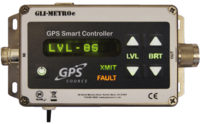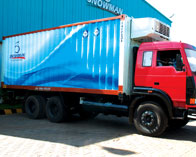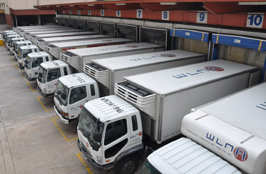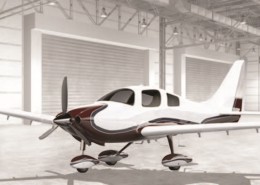The Cold Supply Chain Case
The Problem
A cold-chain supply company that specialized in the transportation of prescription drugs was looking for a solution to help them address new FAA laws. The new laws required the tracking of pharmaceutical drugs with GPS. Transporting the drugs in a container with a GPS receiver, they were able to keep track of the container… in most cases. When the containers were outside or in a special truck, they could receive a GPS signal and transmit their location. But, after the containers were filled, they were staged for shipment either in the warehouse or further down the delivery chain, in an aircraft hangar. A warehouse building or an aircraft hangar does not allow the transmission of the weak GPS signal. In order to track the containers with GPS, the company was placing them outside the warehouse or alongside the airplane runway..
The Solution
The company’s controller recognized the expense of placing the containers outside to receive a GPS signal. He wanted a solution where the containers would not need to be placed outside the warehouse or alongside the airplane runway, in order to receive the GPS signal. He contacted GPS Source for help. They determined his exact needs, assisted with the overall design, and provided the proper equipment. The design included GPS active and passive antennas, GPS splitter, GPS smart controller and all the necessary cabling. The controller provided a robust, yet safe GPS signal inside the warehouse and aircraft hangar. Containers filled with high-value pharmaceutical drugs were then able to receive the GPS signal and transmit their location, allowing compliance to the new FAA rules. GPS Source provided the equipment to the facility installer at a price they could afford and even provided a recommended design for free. The GPS Source solution gave the GPS signal coverage that the supply chain provider needed, at a price they could afford. The cold-chain supplier no longer has the need to place containers outside buildings in order to receive a GPS signal. The extra resources to move containers outside are no longer required. This has reduced costs in many areas. Workers spend more time on productive tasks, as non-productive time has decreased 80%.






